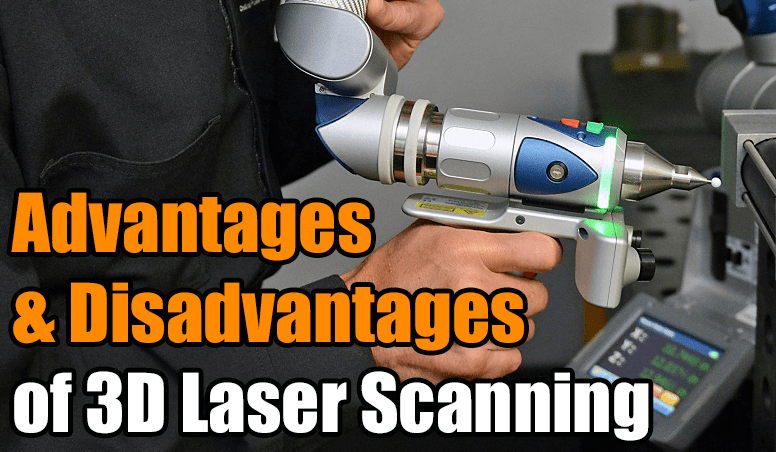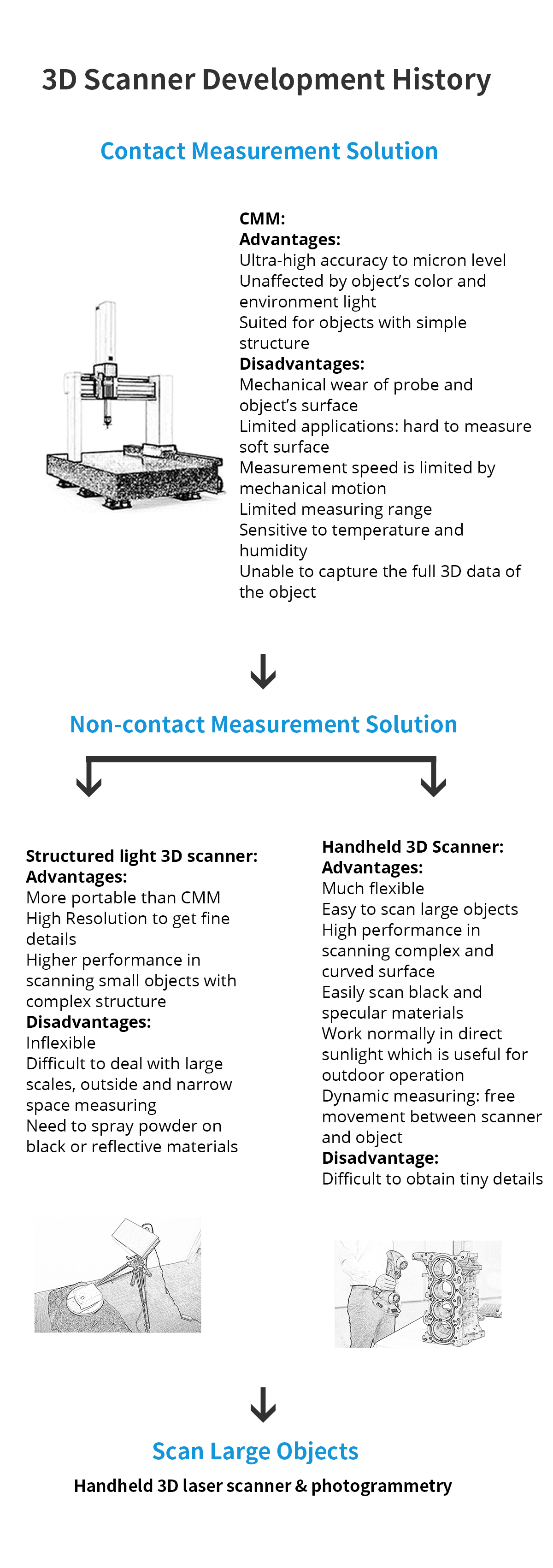The advantages of confocal laser scanning microscope with the size and price of an ir camera the combination of high contrast imaging infrared capabilities extremely small size and low cost enables many new applications fiducial mark image collected through polished silicon wafe.
Disadvantages of laser scanning.
It is used in many industries to streamline the design and production process.
Confocal is a powerful tool but it does have some limitations.
The rapid speed of data capture from a 3d laser scanner allows millions of data points to be recorded in seconds.
Comparing to a wide field detection taking a snapshot of.
Here are 3 quick ones.
To determine whether a scanner is a worthwhile investment you must weigh the advantages and disadvantages of the machine.
For example if an engineering firm or manufacturing company needs to identify minuscule defects in parts or objects laser scanning can reveal the problem areas using color mapping which shows design inaccuracies in a different color than the rest of the part or product.
With the knowledge of the distance of the scanner from the object the scanning hardware can map the surface of the object and thereby record a 3d scan.
Confocal microscopy most frequently confocal laser scanning microscopy clsm or laser confocal scanning microscopy lcsm is an optical imaging technique for increasing optical resolution and contrast of a micrograph by means of using a spatial pinhole to block out of focus light in image formation.
Speed a typical confocal uses raster scanning which means it scans the specimen point by point.
One of the greatest drawbacks to manual surveys is their inability to provide exhaustive survey data.
What are the primary advantages of 3d laser scanning.
Advantages and disadvantages of confocal microscopy.
Advantages of laser triangulation 3d scanning.
This ensures that large environments can be surveyed in a short timescale and makes 3d surveying ideal for work on particularly time sensitive projects.
The variation in.
These may be stand alone devices or all in one scanners with print capabilities.
The primary advantage of laser scanning confocal microscopy is the ability to serially produce thin 0 5 to 1 5 micrometer optical sections through fluorescent specimens that have a thickness ranging up to 50 micrometers or more.
Capturing multiple two dimensional images at different depths in a sample enables the.
Companies and individuals usually use scanners to reproduce documents and images these days.









